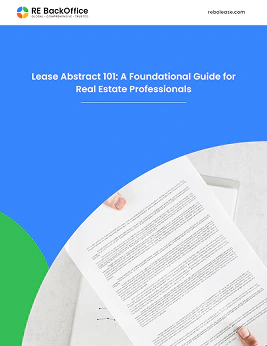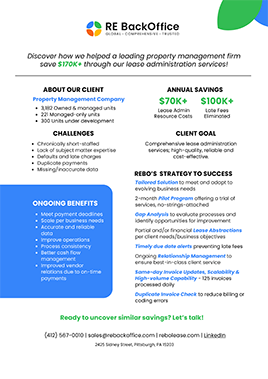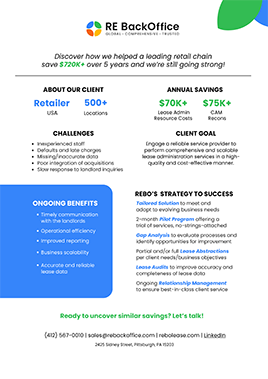
Property dimensions serve as the fundamental framework within lease agreements, offering clarity and definition to the spatial parameters of the leased premises. From the sprawling expanse of land to the intricate details of tenant premises, these dimensions intricately weave through the fabric of the leasing relationship. In this exploration, we unravel the significance of property dimensions, elucidating their role in delineating space, rights, and obligations within lease agreements.
Understanding Property Dimensions:
Property dimensions encompass the measurements of a parcel of land or building, spanning across length, width, height, or diameter. These dimensions exist in both three-dimensional and two-dimensional formats, providing a comprehensive understanding of the spatial characteristics of the leased property. From the macroscopic view of the entire land area to the microscopic details of individual premises, property dimensions offer insights into the total space available and its utilization potential.
Property dimensions are not mere numerical values; they embody the essence of space allocation, utilization, and delineation within lease agreements. By comprehensively defining the length, breadth, and other measurements of the property, stakeholders can effectively navigate through the intricacies of leasing arrangements, ensuring clarity, transparency, and mutual understanding.
Land Dimensions:
At the genesis of any lease agreement lies the delineation of land dimensions, delineating the boundaries and extent of the leased property. These dimensions encompass the sprawling expanse of the land, offering insights into its total area and spatial configuration. Whether it's the length and width of a vacant lot or the acreage of a commercial property, accurate land dimensions lay the foundation for assessing lease terms, rental valuation, and land use rights.
Building Dimensions:
Within lease agreements, building dimensions play a pivotal role in defining the spatial characteristics of the leased premises. From the towering heights of skyscrapers to the intricate layouts of office spaces, building dimensions encapsulate the physical structure and layout of the building. These dimensions provide tenants with insights into the usable square footage, floorplan configuration, and spatial amenities available for occupancy.
Tenant Premises Dimensions:
Within leased buildings, tenant premises dimensions delineate the exclusive areas designated for tenant use. These dimensions encompass individual offices, retail spaces, storage areas, or any other zones allocated to tenants within the leased premises. By defining the dimensions of tenant premises, lease agreements establish the scope of tenant occupancy rights, delineate boundaries, and allocate responsibilities for maintenance and utilization.
Implications and Considerations:
Property dimensions within lease agreements carry significant implications for both landlords and tenants, influencing rental valuation, space utilization, regulatory compliance, and maintenance responsibilities. Here are some key considerations:
Rental Valuation:
Accurate property dimensions inform the rental valuation process, guiding landlords and tenants in negotiating fair rental rates based on the usable space available.
Space Utilization:
Property dimensions empower tenants to assess whether the leased space meets their operational needs and accommodates their business activities effectively.
Regulatory Compliance:
Property dimensions play a crucial role in ensuring compliance with zoning ordinances, building codes, and other regulatory requirements, safeguarding against legal liabilities and penalties.
Maintenance Responsibilities:
Landlords and tenants must understand their respective maintenance responsibilities concerning property dimensions, ensuring the upkeep and safety of the leased premises.
Property dimensions form the cornerstone of lease agreements, providing a comprehensive framework for defining space, rights, and obligations within the leasing relationship. By understanding and meticulously documenting property dimensions, landlords and tenants can foster transparent, mutually beneficial leasing arrangements, laying the groundwork for successful tenancy experiences.


